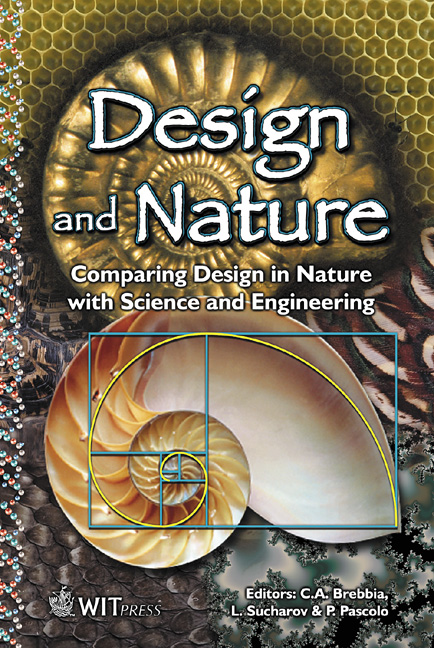Designing Tree-like Engineering Networks By Mimicking Evolution
Price
Free (open access)
Transaction
Volume
57
Pages
Published
2002
Size
398 kb
Paper DOI
10.2495/DN020041
Copyright
WIT Press
Author(s)
G. A. Walters
Abstract
In the design of physical infrastructure for the collection or delivery of water, gas, electricity etc, a tree-like network is very often used. We talk about trunk mains and branch pipes in a direct analogy with natural form. However, the similarities lie deeper than this. It can be shown that optimising a general looped network on the basis of cost will produce a tree-like structure, containing no loops. Network redundancies and expensive duplicate pathways disappear, but so, to some extent, does reliability and robustness. The paper begins by discussing these issues, but then introduces the author’s experience of using evolution based optimal design of tree networks in engineering. Numerical processes that mimic natural evolution, for example the Genetic Algorithm, are starting to be used for practical engineering design. These methods are robust and powerful, capable of handling very complex systems using simplified evolution mechanisms such as breeding, genetic inheritance and mutation. They are particularly elegant and effective when applied appropriately to systems that themselves resemble natural forms. Hence the optimisation of tree-like networks is an obvious area of interest. However, an appropriate method of encoding and structuring the optimisation is required. Again, the ideas are drawn from the natural processes of life.
Keywords





